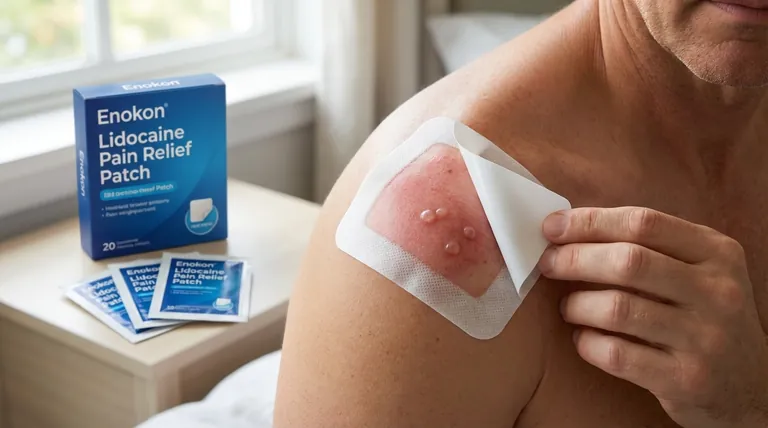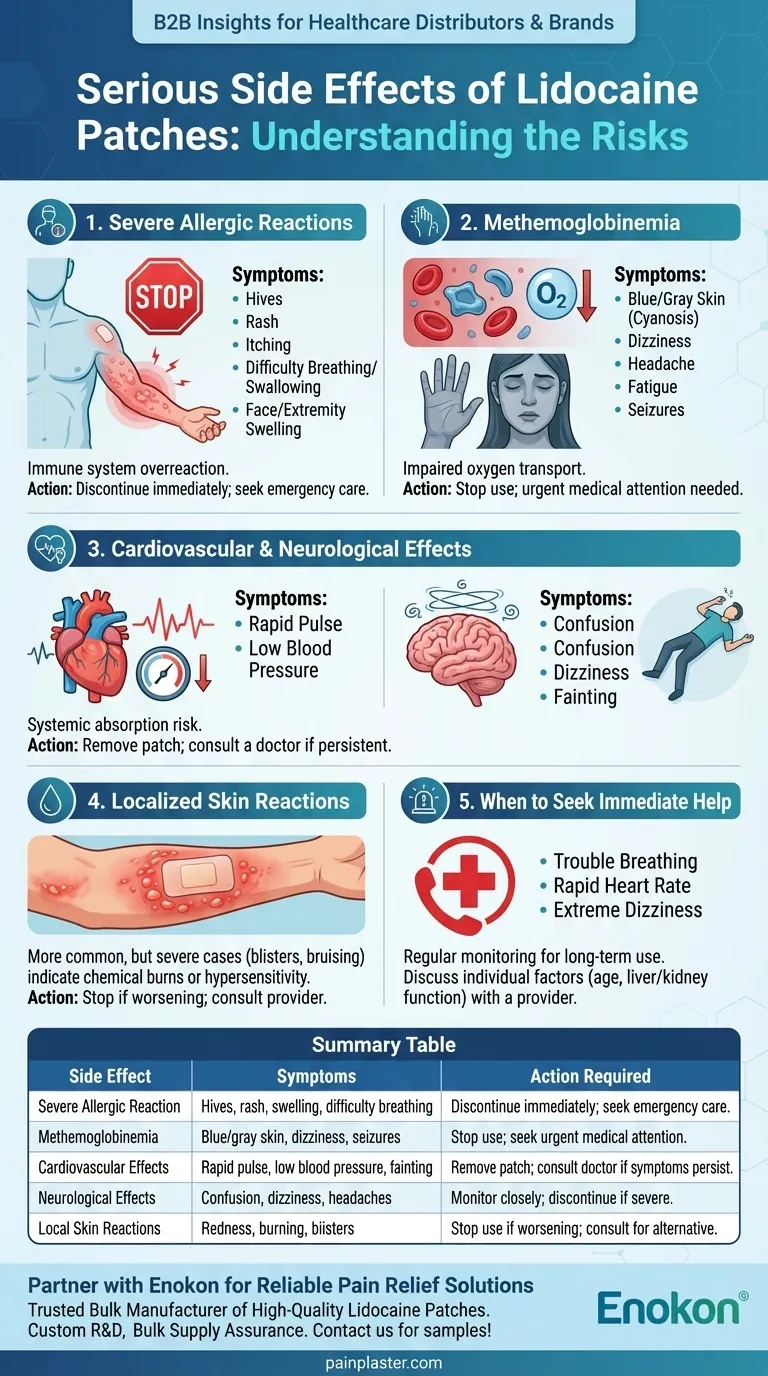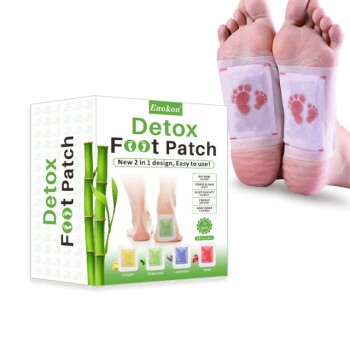Lidocaine patches are widely used for localized pain relief, but they can cause serious side effects, though these are rare. The most concerning include severe allergic reactions (like breathing difficulties or skin rashes) and methemoglobinemia, a condition where oxygen transport in the blood is impaired, leading to symptoms like blue skin, headaches, or seizures. Overuse can also trigger heart-related issues or neurological symptoms such as confusion, dizziness, or fainting. Immediate medical attention is crucial if severe reactions like swelling, rapid pulse, or difficulty breathing occur. Understanding these risks helps users and healthcare providers balance benefits with potential dangers.

Key Points Explained:
-
Severe Allergic Reactions
- Symptoms: Hives, rash, itching, blisters, difficulty breathing/swallowing, swelling of the face/extremities.
- Mechanism: The body’s immune system overreacts to lidocaine, triggering histamine release.
- Action: Discontinue use and seek emergency care if breathing is affected.
-
Methemoglobinemia
- Symptoms: Blue/gray skin (cyanosis), dizziness, headache, fatigue, or seizures due to reduced oxygen delivery.
- Cause: Lidocaine metabolites convert hemoglobin to methemoglobin, which cannot carry oxygen effectively.
- Risk Factors: Overuse or genetic predisposition (e.g., G6PD deficiency). Learn more about Lidocaine Patch and its systemic effects.
-
Cardiovascular and Neurological Effects
- Overuse Risks: Rapid pulse, low blood pressure, confusion, or fainting from systemic absorption.
- Why It Happens: Lidocaine can affect heart rhythm (arrhythmias) and nervous system function at high doses.
-
Localized Skin Reactions
- Common but Less Severe: Redness, burning, or swelling at the application site.
- When to Worry: If blisters, bruising, or intense pain develop, it may indicate chemical burns or hypersensitivity.
-
When to Seek Help
- Immediate Attention: For symptoms like trouble breathing, rapid heart rate, or extreme dizziness.
- Monitoring: Regular follow-ups if using patches long-term to detect early signs of toxicity.
Have you considered how individual factors like age or liver/kidney function might influence lidocaine’s side effects? These variables can alter drug metabolism, quietly shaping personal risk profiles. Always discuss medical history with a provider before starting treatment.
Summary Table:
| Side Effect | Symptoms | Action Required |
|---|---|---|
| Severe Allergic Reaction | Hives, rash, swelling, difficulty breathing | Discontinue use immediately; seek emergency care. |
| Methemoglobinemia | Blue/gray skin, dizziness, seizures | Stop use; seek urgent medical attention for oxygen therapy. |
| Cardiovascular Effects | Rapid pulse, low blood pressure, fainting | Remove patch; consult a doctor if symptoms persist. |
| Neurological Effects | Confusion, dizziness, headaches | Monitor closely; discontinue if severe. |
| Local Skin Reactions | Redness, burning, blisters at application site | Stop use if worsening; consult for alternative treatments. |
Need reliable transdermal pain relief with minimized risks? Partner with Enokon, a trusted bulk manufacturer of high-quality lidocaine patches and custom pain plasters. Our expertise in pharmaceutical-grade formulations ensures safety and efficacy for healthcare distributors and brands.
- Custom R&D Solutions: Tailored patches to meet specific patient needs.
- Bulk Supply Assurance: Consistent quality for large-scale distribution.
Contact us today to discuss your requirements or request samples!
Visual Guide

Related Products
- Lidocaine Hydrogel Pain Relief Patch for Pain Relief
- Mugwort Wormwood Pain Relief Patch for Neck Pain
- Capsaicin Chili Medicated Pain Relief Patches
- Far Infrared Deep Heat Relief Patches Medicated Pain Relief Patches
- Asthma Cough and Pain Relief Patch for Adults and Kids
People Also Ask
- Are lidocaine patches safe to use during pregnancy? A Guide to Making an Informed Choice
- For what condition are lidocaine patches approved in the United Kingdom? A Guide to Postherpetic Neuralgia Treatment
- When should someone contact a doctor regarding lidocaine patch use? Ensure Safe Pain Relief
- What systemic side effects can lidocaine patches cause? Minimizing Risks for Safe Pain Relief
- How are lidocaine patches typically used for pain relief during pregnancy? A Guide to Safe, Targeted Relief
















